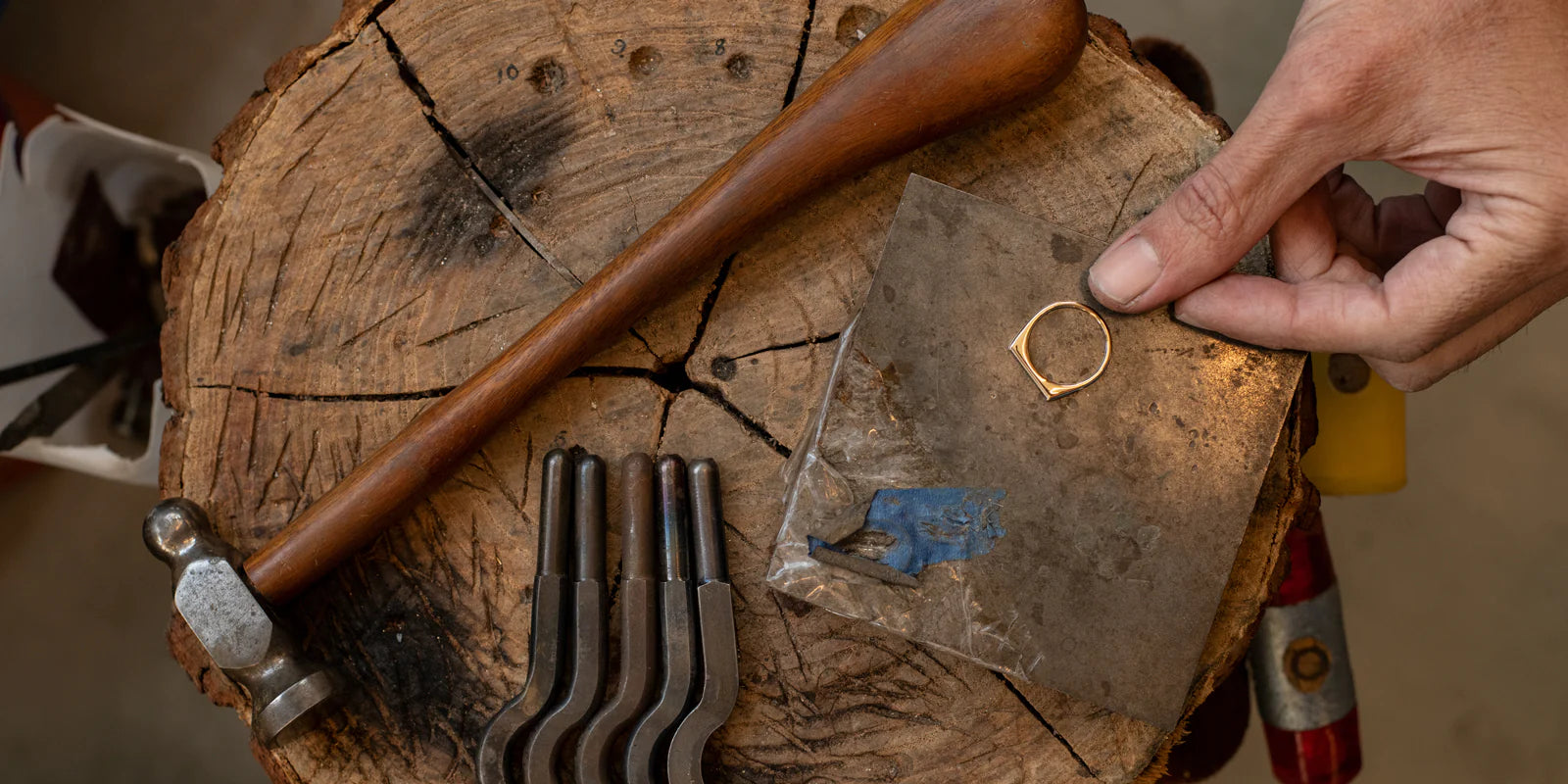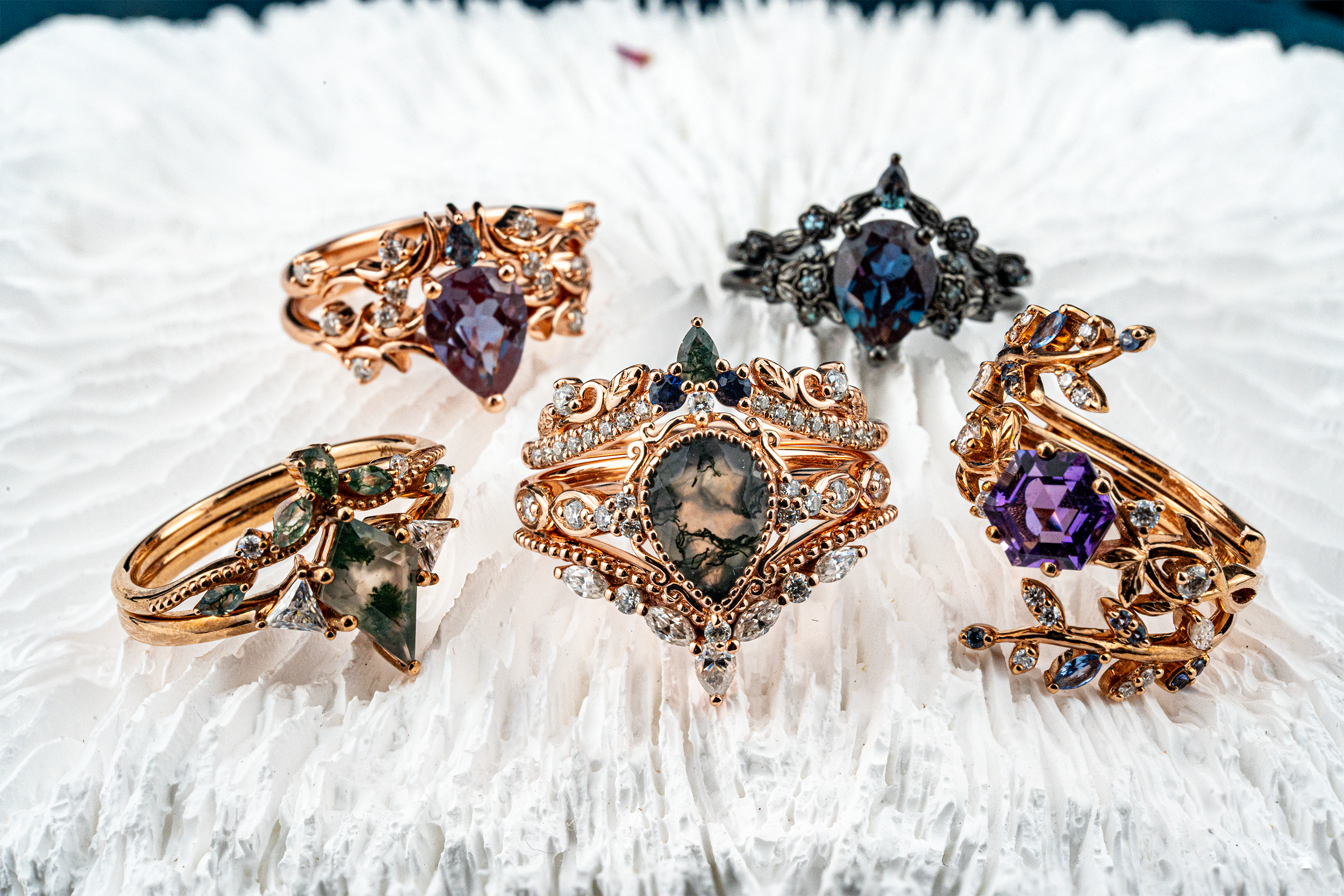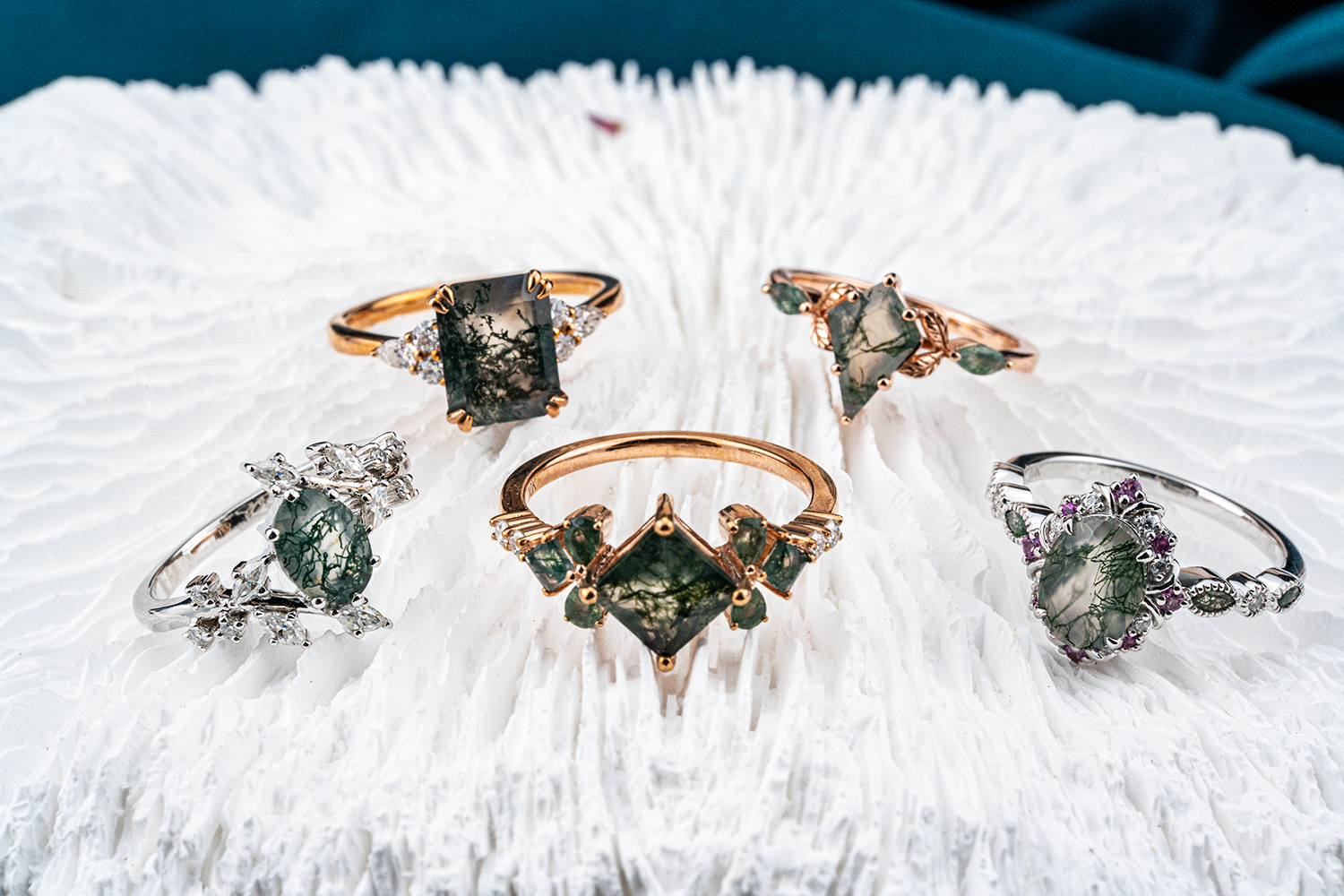Article: Jewelry Craftsmanship and Production Process

Jewelry Craftsmanship and Production Process
Crafting exquisite jewelry involves a meticulous process that combines artistry, skill, and precision. Here is an in-depth overview of the jewelry making process, design workflow, material selection, and the craftsmanship behind creating fine jewelry pieces.

Design Inspiration:
The jewelry making process often begins with a spark of inspiration, whether derived from nature, culture, history, or personal experiences.
The jewelry making process often begins with a spark of inspiration, whether derived from nature, culture, history, or personal experiences.
Designers sketch initial concepts, develop mood boards, and create detailed renderings to visualize the final piece.

Material Selection:
Choosing the right materials is crucial in jewelry making, as it determines the quality, aesthetics, and durability of the piece.
Common materials include precious metals like gold, silver, and platinum, as well as gemstones such as diamonds, sapphires, emeralds, and pearls.

Model Making:
Skilled artisans or specialized machinery are used to create a physical model or prototype of the jewelry piece based on the design specifications.
This model serves as a blueprint for the final creation and allows for adjustments before moving to production.

Casting:
The casting process involves creating a mold of the model and pouring molten metal into the mold to form the basic shape of the jewelry piece.
This step requires expertise to ensure the metal fills the mold evenly and accurately captures the design details.

Setting Gemstones:
Gemstones are meticulously set into the metal setting using various techniques such as prong setting, bezel setting, or pave setting.
Setting gemstones requires precision to secure them in place while enhancing their brilliance and beauty.

Finishing and Polishing:
After the main components are assembled, the jewelry piece undergoes finishing touches such as polishing, buffing, and detailing.
Finishing techniques vary depending on the desired texture, shine, or surface treatment of the jewelry.

Quality Control and Inspection:
Each jewelry piece is carefully inspected for quality assurance, including checking for flaws, ensuring gemstone alignment, and verifying structural integrity.
Quality control measures are taken to meet industry standards and uphold the reputation of the jewelry brand.

Packaging and Presentation:
Once the jewelry piece passes inspection, it is elegantly packaged and presented to customers, often accompanied by a certificate of authenticity and care instructions.

The intricate craftsmanship and attention to detail involved in the jewelry making process highlight the dedication and artistry of skilled artisans who bring exquisite pieces to life. Understanding the craftsmanship behind jewelry creation adds depth and appreciation for the beauty and complexity of each unique piece.





